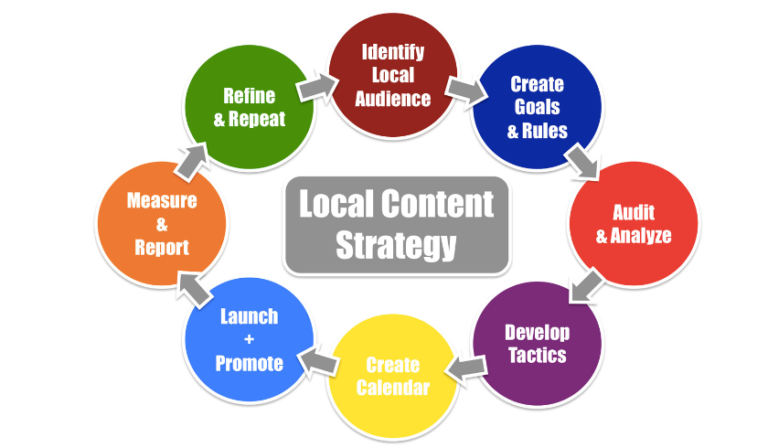How Do Forex Brokers Operate to Make a Profit?

The foreign exchange (forex) market, with its vast daily trading volume, offers significant opportunities for profit, not just for traders but also for the brokers who facilitate these trades. Understanding how forex brokers operate to make a profit is crucial for anyone involved in forex trading, whether you’re a novice trader or a seasoned professional.
Contents
The Role of Forex Brokers
Forex brokers act as intermediaries between retail traders and the interbank foreign exchange market. They provide traders with access to a trading platform that allows them to buy and sell foreign currencies. The primary function of a forex broker is to provide a secure and efficient trading environment while making a profit from their services.
Revenue Streams for Forex Brokers
- Spreads: The spread is the difference between the bid (sell) and ask (buy) price of a currency pair. Brokers either charge a fixed spread or a variable spread. The cost of the spread is built into the price of the currency pair and is the primary way brokers make money.
- Commissions: Some brokers, especially those offering ECN (Electronic Communication Network) services, charge a commission on each trade. This commission is usually a set percentage of the trade’s volume.
- Swap Fees: Also known as rollover fees, these are charged when a trader holds a position overnight. Swap fees can be either positive or negative and depend on the differential in interest rates between the two currencies in the pair.
- Leverage: While leverage does not directly contribute to a broker’s profits, it can increase the trade volume. Higher trade volumes can lead to more spread or commission earnings for the broker.
- Additional Services: Some brokers also make money by offering additional services such as forex signals, educational resources, or premium analysis tools.
A Book and B Book Models
Forex brokers generally operate using one of two models: the A Book or the B Book.
- A Book (Agency Model): In this model, the broker passes the client’s trades directly to liquidity providers or the interbank market. The broker earns money through spreads and commissions without taking the opposite side of the client’s trade.
- B Book (Market Maker Model): Here, the broker takes the opposite side of the client’s trade. If the trader loses, the broker profits and vice versa. This model can present a conflict of interest, as the broker profits from client losses.
Risk Management in Broker Operations
Managing risk is a critical aspect of a forex broker’s operation. In the B Book model, brokers use sophisticated risk management strategies to mitigate the risk of significant client wins. This might include hedging strategies or adjusting the spread and leverage offered to clients.
Regulatory Compliance and Transparency
Reputable forex brokers are regulated by financial authorities such as the FCA (Financial Conduct Authority) in the UK or the CFTC (Commodity Futures Trading Commission) in the US. Compliance with regulatory standards ensures that brokers operate with transparency and fairness, essential for building trust with clients.
Conclusion
Forex brokers play a vital role in the global forex market, facilitating access for individual traders. Their profits are derived from various sources, primarily spreads and commissions. Understanding the operational models and revenue streams of forex brokers can help traders make informed choices when selecting a broker and develop a deeper understanding of the forex market dynamics.
Final Thoughts
As the forex market continues to grow, the role of brokers remains crucial. Traders should always choose a regulated broker to ensure a fair and secure trading environment. By understanding how brokers operate and make a profit, traders can better navigate the forex market and potentially increase their own trading success.





